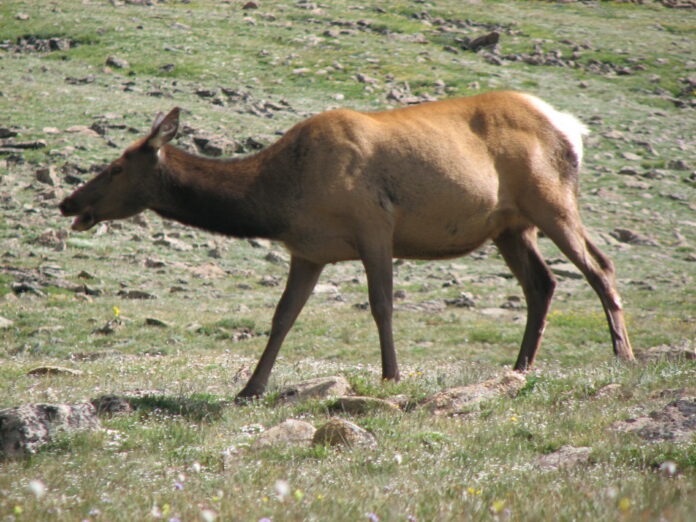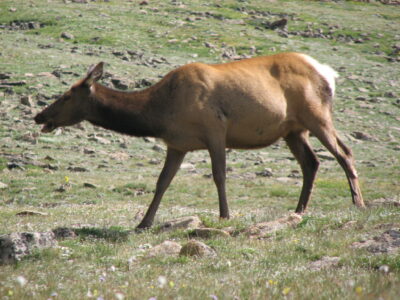
BY HANNES THUM

We humans have it pretty easy when it comes to winter. Folks may complain about the cold or about shoveling snow out of the driveway, but it’s worth taking a moment to consider how much we’ve accomplished as far as expanding our range from warmer regions (from where we originated) into all corners of the planet (including the cold corners) throughout the course of our species’ story.
Our success is written in the physical traits that evolution has given us. We have dexterous hands that allow us to use tools and to build things such as woven clothing, insulated shelters, reliable sources of warmth (from open fires to baseboard heaters and natural gas furnaces and everything in between), and snowplows that make our travels easier.
We also have large brains that allow us to plan and create and wield complex systems such as industrial-scale agriculture, municipal electrical grids, and the engineering of roads to cross mountain passes. All nice things when it comes to surviving winter.
But, probably the most significant invention as far as winter is concerned is the access to food: we’ve used our brains (and our hands) to ensure that we have access to plenty of calories right in our cupboards, even though the fact that winter shuts down most photosynthesis means that very little food is actually being grown anywhere near us.
In this way, we’ve largely sidestepped one of the most fundamental problems of winter for other species: the lack of available food.
The banana that I ate for breakfast, on a cold morning in February in Idaho, was grown far away from here, in a place with more summery weather. We have freed ourselves, to a large degree, from the seasonal starvation that most other species endure at this time of year.
And, so. Why is all of this on my mind this morning? Because, while eating my banana, I saw a single chickadee flitting about from tree branch to tree branch, feeding, outside my window. The bird was chirping away as it fed, and it looked for all the world to be going about its business in a controlled and organized way.
Chickadees in winter boggle my mind. I just cannot square, in my head, how it is that they survive winter. Such a small creature, and so vulnerable to the cold, these birds have to find and eat an enormous amount of food to survive each day and each night (let alone the entire winter). Somehow, they seem to figure it out.
And then there’s the elk, which we all see from time to time, down in the valley or on the local south-facing slopes during winter. Wallowing in the snow and scraping together a few calories from some dead grasses beneath the snow seems, compared to me eating an imported banana, like a heroic feat.
It makes me feel a bit spoiled. And it sure makes me feel like shoveling some snow is a small price to pay for our rather luxurious and privileged place in the winter world.
Hannes Thum is a Wood River Valley native and has spent most of his life exploring what our local ecosystems have to offer. He currently teaches science at Sun Valley Community School.


